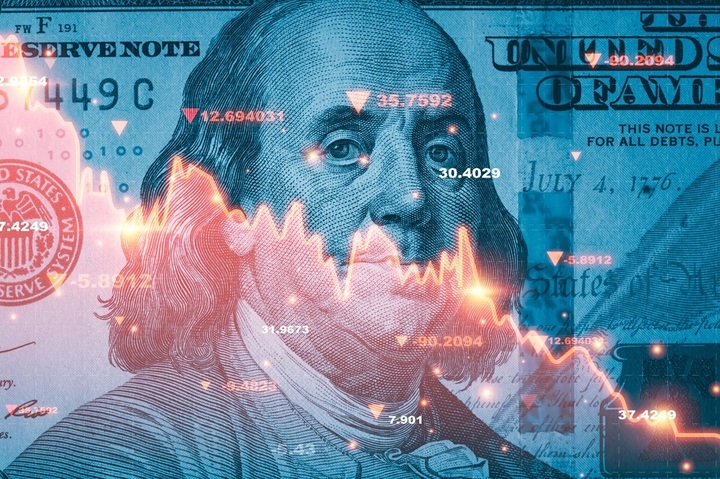The Conference Board Leading Economic Index (LEI) for the U.S., which provides an early indication of significant turning points in the business cycle and where the economy is heading in the near term, declined by 0.3% in January 2025 to 101.5, after a 0.1% increase in December 2024 (upwardly revised from an initially estimated decline of 0.1%).
Overall, the LEI recorded a 0.9% decline in the six-month period ending January 2025, much less than its 1.7% decline over the previous six months.
“The U.S. LEI declined in January, reversing most of the gains from the previous two months,” said Justyna Zabinska-La Monica, senior manager, business cycle indicators, at The Conference Board. “Consumers’ assessments of future business conditions turned more pessimistic in January, which—alongside fewer weekly hours worked in manufacturing—drove the monthly decline.
“However, manufacturing orders have almost stabilized after weighing heavily on the Index since 2022, and the yield spread contributed positively for the first time since November 2022. Overall, just four of the LEI’s components were negative in January. In addition, the LEI’s six-month and annual growth rates continued to trend upward, signaling milder obstacles to U.S. economic activity ahead. We currently forecast that real GDP for the U.S. will expand by 2.3% in 2025, with stronger growth in the first half of the year.”
The Conference Board Coincident Economic Index® (CEI) for the U.S. rose by 0.3% in January 2025 to 114.3, after also increasing 0.3% in December 2024. As a result, the CEI rose by 1% over the six-month period between July 2024 and January 2025, close to its 0.9% growth over the previous six months.
The CEI’s four component indicators—payroll employment, personal income less transfer payments, manufacturing and trade sales, and industrial production—are included among the data used to determine recessions in the U.S. They all improved in January, with the largest positive contribution coming from industrial production for the second consecutive month. This was followed by personal income less transfer payments, manufacturing and trade sales, and payroll employment. The Conference Board Lagging Economic Index® (LAG) for the U.S. increased by 0.5% to 119.3 (2016=100) in January 2025, after no change in December 2024. As a result, the LAG’s six-month change turned positive to 0.3% growth for the first time since the summer of 2024.
The 10 components of the Leading Economic Index for the U.S. are:
- Average weekly hours in manufacturing
- Average weekly initial claims for unemployment insurance
- Manufacturers’ new orders for consumer goods and materials
- ISM Index of New Orders
- Manufacturers’ new orders for nondefense capital goods excluding aircraft orders
- Building permits for new private housing units
- S&P 500 Index of Stock Prices
- Leading Credit Index
- Interest rate spread (10-year Treasury bonds less federal funds rate)
- Average consumer expectations for business conditions












